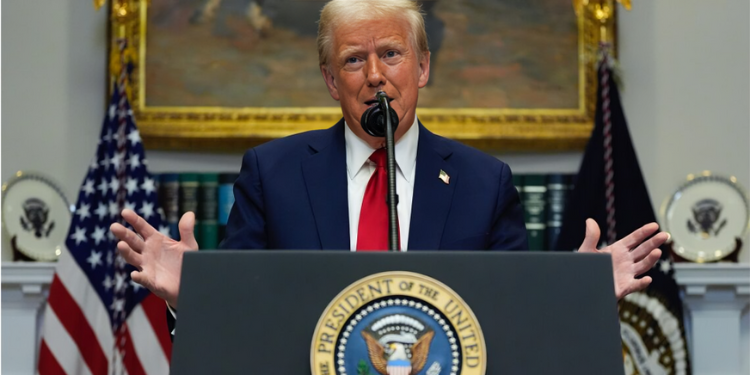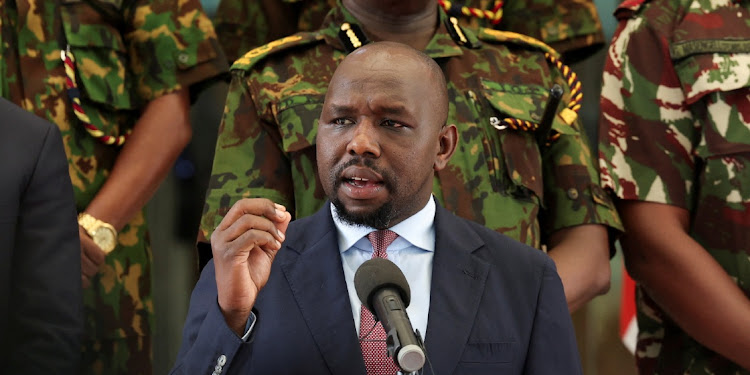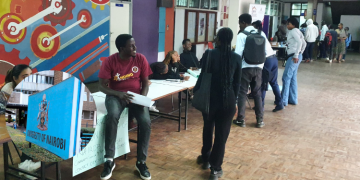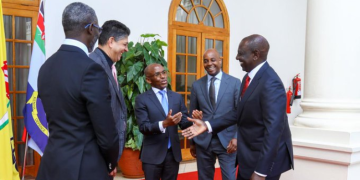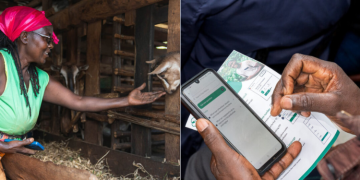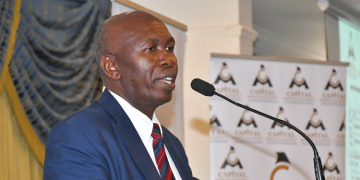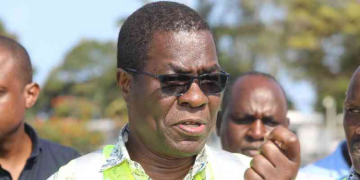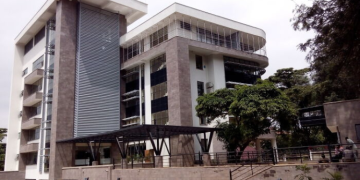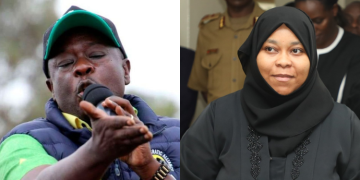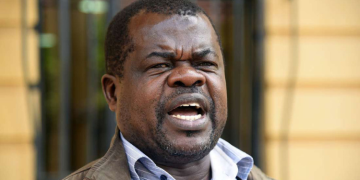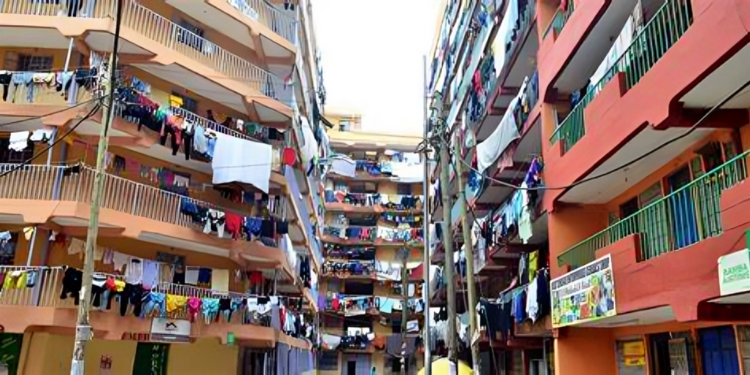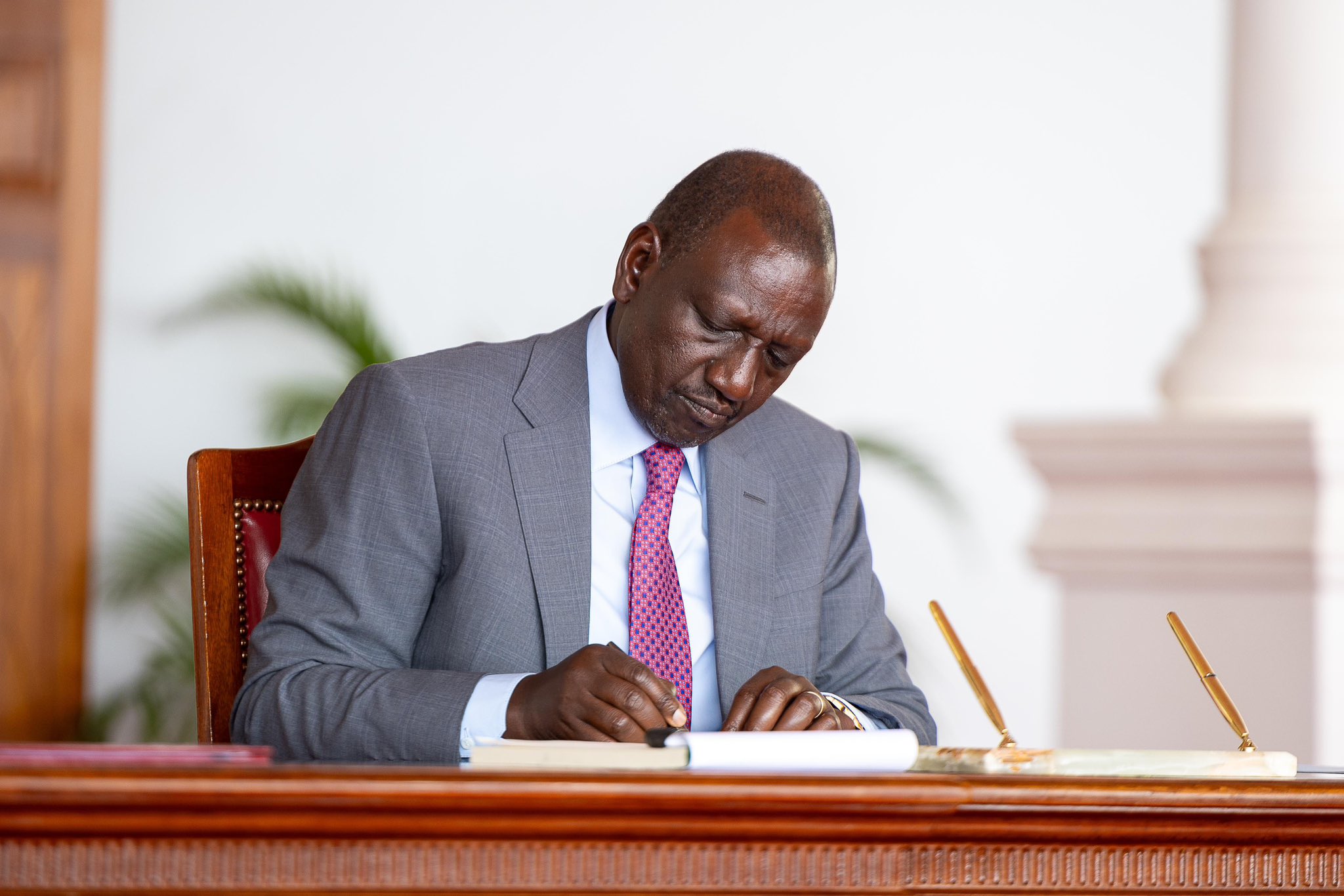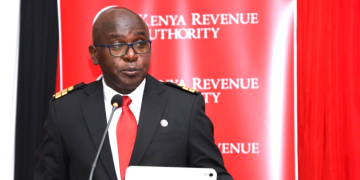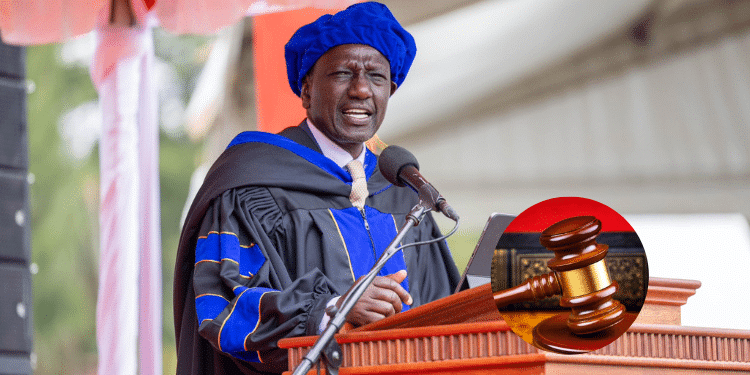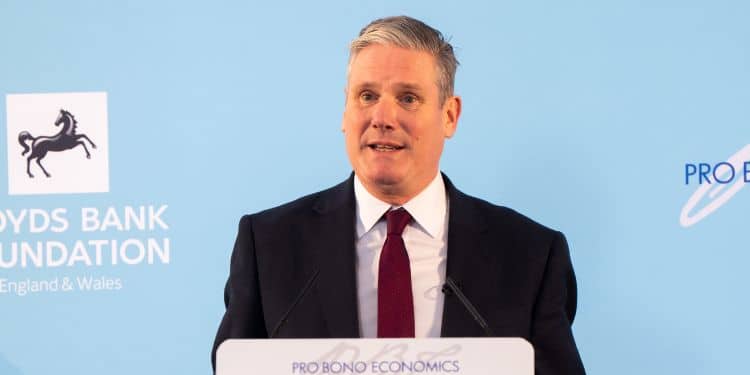The High Court of Kenya has dealt a blow to President William Ruto‘s new Higher Education Funding (HEF) model for higher learning institutions, by suspending its implementation.
Justice Chacha Mwita on October 3, 2024, issued a conservatory order halting the implementation of the HEF model following a petition filed by the Kenya Human Rights Commission (KHRC), and other parties.
Judge Mwita further directed that the ruling will take effect until the case filed by KHRC and others, including Elimu Bora Working Group, is determined.
“Conservatory orders are issued against the respondents from implementing the new education funding model until hearing and determination of the petition,” said the Judge.
KHRC and the other parties had filed a case at the Milimani Law Courts seeking to stop the new HEF model which is currently in effect.
They argued that the new Higher Education Fund would lock out many students from getting university funds.
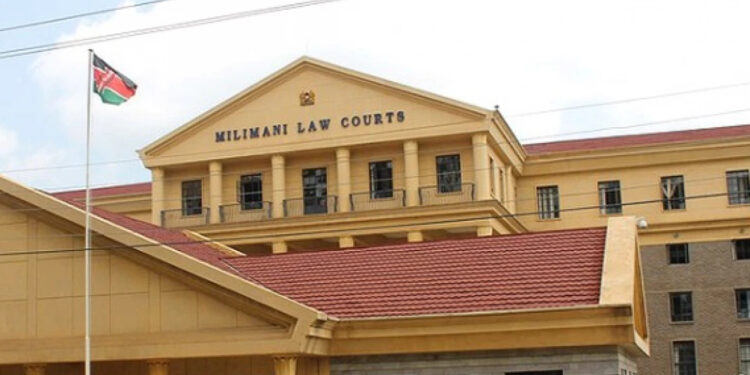
Similarly, they argued that the funding model is discriminatory because of the requirement that a student must be above the age of 18 to apply for funding.
Case against HEF model
According to them, the funding model is a breach is the right to access information.
The petitioners further argued that the President has no powers to make law by himself, pointing out that President Ruto violated the law in launching the program without following due process.
President Ruto launched the new model for public universities and Technical and Vocational Education and Training institutions (TVETs) on May 3, 2023.
The petitioners in the case claimed that the funding model violated millions of Kenyans in their quest for quality and affordable education.
“These students will be unable to afford the new prohibitive school fees and be denied their constitutional right to education,” read part of the petition.
Also Read: Govt Explains Criteria for Student Loans Bands & Respective Fees for Households After Ruto Order
In accordance with Ruto’s directive when he unveiled the new funding model in May 2023, the government said that students from vulnerable and extremely needy households would receive 100 per cent funding while the needy and less needy would get 93 per cent government funding.
In August this year, the government through Higher Education and Research Principal Secretary Dr. Beatrice Inyangala explained how the new HEF Model would be rolled out.
PS Inyangala in a statement on Friday, August 17 said that the government would allocate loans to each student based on bands set out to for different student categories, according to the monthly income of the respective student’s families.
According to Inyangala, a total of five bands were used to categorize the students, with those from families that have a monthly income of up to Ksh5, 995 being placed in band one.
Bands
Those from families with a monthly income up to Ksh23,670, on the other hand, were placed in band two while those from families with a monthly income up to Ksh70,000 were placed in band three.
Also Read: KU Student Goes Hungry for Days, Risks Dropping Out After Wrong Banding
Additionally, band four contains students from families with a monthly income up to Ksh120,000, with the final Band 5 selected for families with a monthly income above Ksh120,000.
For students placed in band one, the government scholarship covers 70% of the fees, while the loan covers 25%, making it a total support 95%. The respective family contributes 5%, and the student is issued with an upkeep loan of Ksh60,000.
The government scholarship, on the other hand, covers for 60% of the fees for band two students, with learners in this band receiving a 30% loan cover making the total support from government as 90%.
However, the banding has faced uproar from students, parents and guardians who have criticized the criteria used, with some lamenting of being placed in punitive bands despite their status.
On August 20, Members of Parliament (MPs) questioned PS Inyangala about the accuracy of the Means Testing Instrument (MTI) used in assessing students’ financial ability and determining their placement in the appropriate band.
This came after many students were wrongly placed, with a big number categorized in Bands 4 and 5. The lawmakers questioned the rationale behind placing students deemed to be needy in the highest bands.
PS Inyangala in her response emphasized the government’s commitment to ensuring equity, and assured the MPs that measures were in place to address the concerns raised.
In addition, Universities Fund CEO Geoffrey Monari in response to the categorization complaints said that the widespread placement of students from needy families into the wrong bands was due to data entry mistakes made by the applicants themselves.
The government has since invited and allowed dissatisfied student to appeal for a band review.
Education Cabinet Secretary Julius Migos on his part assured students that they will be allowed to sit their exams without clearing fees in the current academic year.
Follow our WhatsApp Channel for real-time news updates!
https://whatsapp.com/channel/0029VaB3k54HltYFiQ1f2i2C







